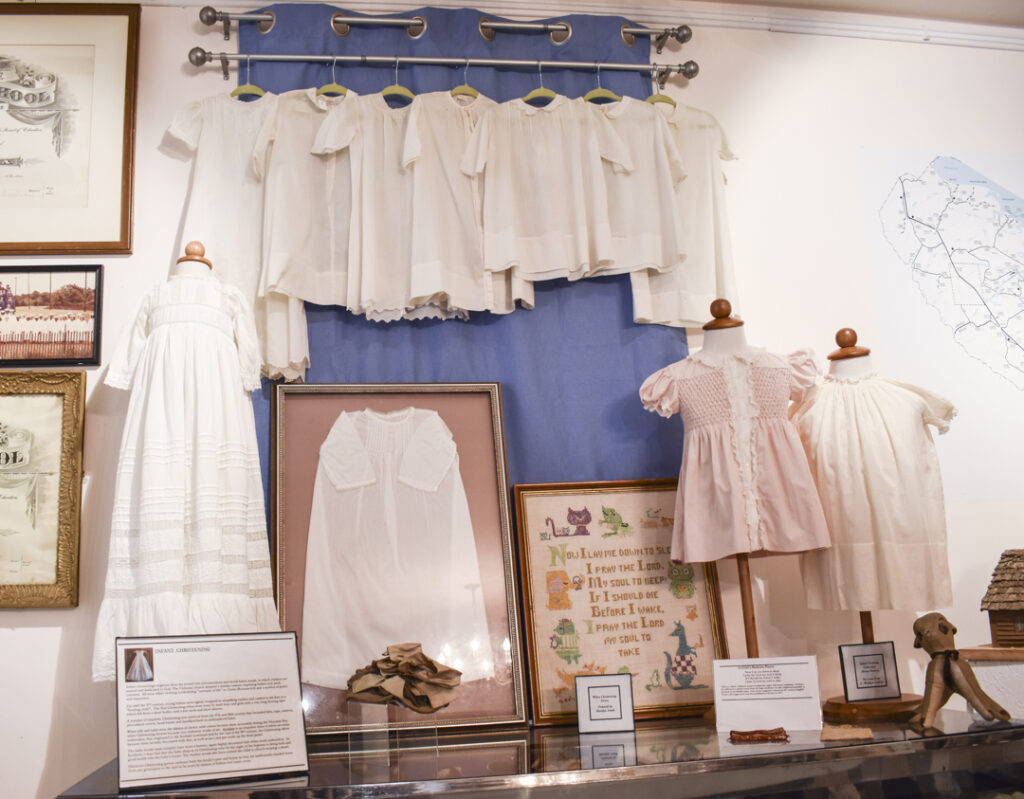
Share This Article On Social Media:
Explore Similar Categories:
Infant christenings originate from the Jewish bris (circumcision) and zerved habat riuals, in which children are named and dedicated to God. The Christian church adopted a similar custom, baptizing babies and adult converts. All wear white clothing, symbolizing “newness of life” in Christ (Romans 6:4) and a symbol of purity and innocence.
Up until the 17th Century, young babies were tightly wrapped in swaddling clothes and carried to the front in a “bearing cloth”. The first Christening robes were worn by both boys and girls with a very long flowing skirt which fell from a short bodice and a low neck and short sleeves.
A number of exquisite Christening sets survived from the 17th and 18th Century that included bibs, caps, pincushion covers, head bands and handkerchiefs in embroidered linen.
White silk and satin were the fabrics of choice until cotton became more accessible during the Victorian Era when Christening Gowns became very elaborate works of art.
The Middlesex County Museum has a collection of several Christening Gowns on display. We invite you to learn more about the tradition of these Heirloom Christening gowns by visiting The Middlesex County Museum!



